
How to Check Which Channel Is Best for Your Router RebeccahasAlvarez
Select "Open Wireless Diagnostics." Ignore the wizard that appears. Instead, click the Window menu and select "Utilities". Select the Wi-Fi Scan tab and click Scan Now. The "Best 2.4 GHz Channels" and "Best 5 GHz" Channels" fields will recommend the ideal Wi-Fi channels you should be using on your router.

Channel Bonding In WiFi Rules And Regulations Network Computing
On the other hand, the more cars (routers) you have on the road, the more congested the traffic becomes. By increasing the channel width, we can increase the speed and throughput of a wireless broadcast. By default, the 2.4 GHz frequency uses a 20 MHz channel width. A 20MHz channel width is wide enough to span one channel.
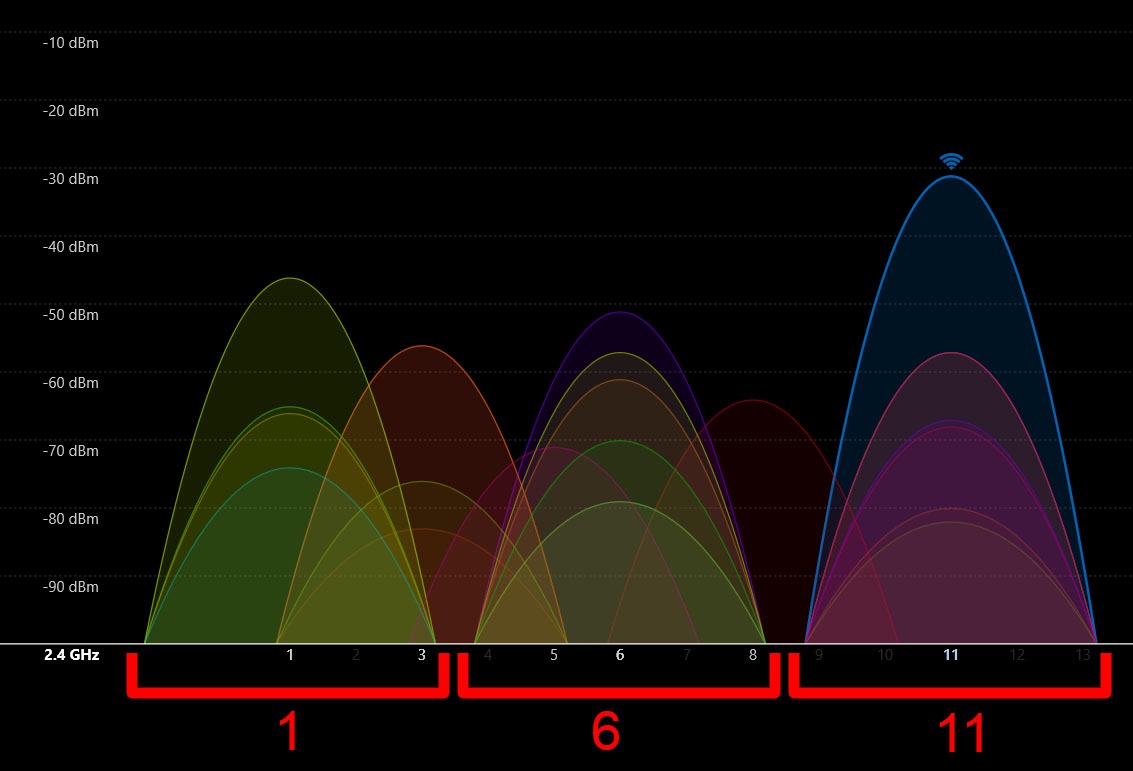
How to Change the WiFi Channel on Your Router All Infomation
The channel widths vary depending on the WiFi standard. For example, in the (wireless networking standards) 802.11n and 802.11ac, the standard channel widths are 20, 40, 80, and 160 MHz. 40 MHz can carry twice as much data as 20 MHz while being more susceptible to interference. 80 MHz can have twice as 40 MHz, and so on.

WiFi Frequency, WiFi Channel Width, and Wireless Spectrum
Selecting the most appropriate WiFi channel width and non-overlapping channel is key to maximizing the network speed generated by your router, but requires several trade-offs. The WiFi channel width refers to the signal width available to transfer data. 20 MHz is the smallest channel width available, while 160 MHz is the largest.

How to Optimize Your Cisco WiFi Router with the Optimal Channel
Wi-Fi routers emit three frequency bands: 2.4 GHz, 5 GHz, and 6 GHz. If your internet runs on 2.4 GHz, the best channels are channels 1, 6, and 11. Wi-Fi analyzing apps can scan your internet connection to help you find the best Wi-Fi channels automatically. Your router and modem are set up, and you're ready to connect to the internet.
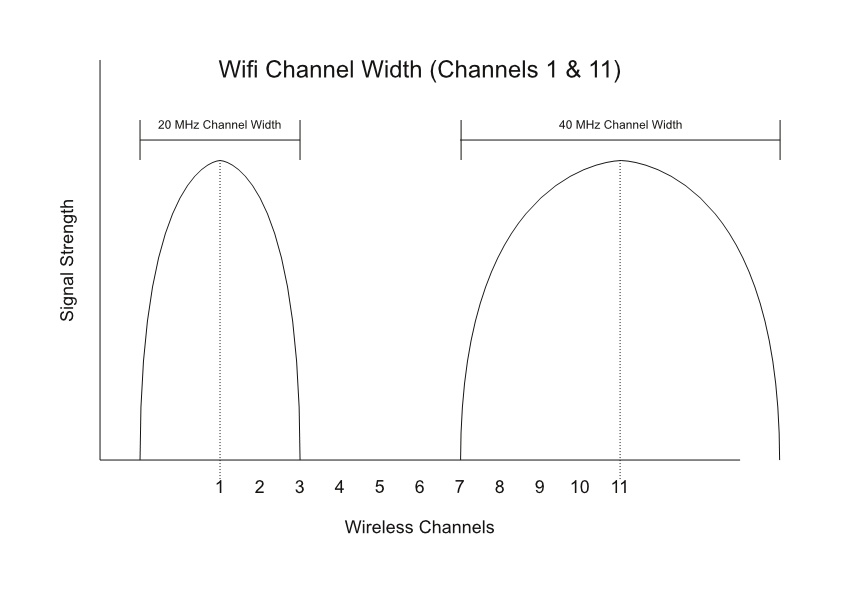
So, you are having wifi problems too? Paul Bryan Vreeland
Channel 36 operates at 5.180 GHz with each channel offset by 5 MHz, so that Channel 40 operates at 5.200 GHz (20 MHz offset), and so on. The highest-frequency channel (165) operates on 5.825 GHz. Equipment in Japan supports a different set of Wi-Fi channels that run at lower frequencies (4.915 to 5.055 GHz) than the rest of the world.
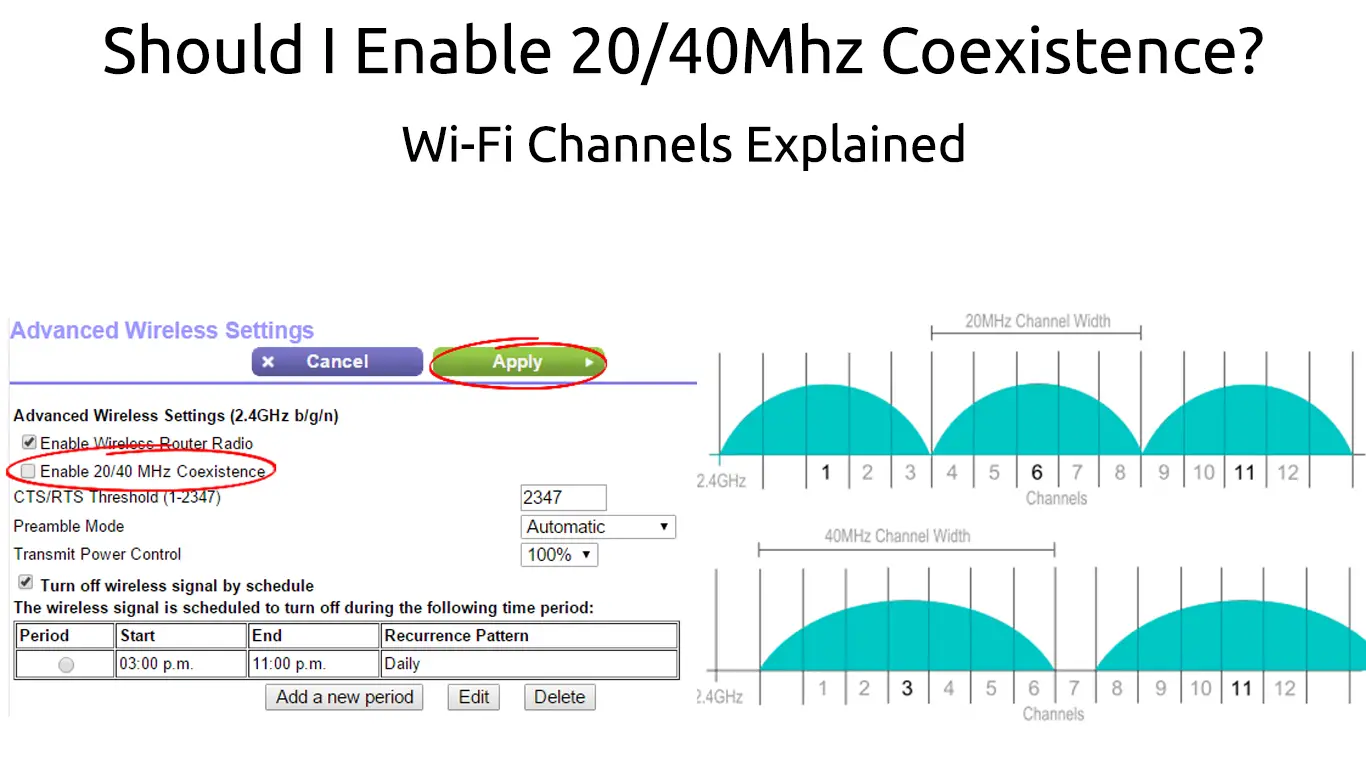
Should I Enable 20/40Mhz Coexistence? (WiFi Channels Explained) RouterCtrl
To change your WiFi channel, type your router's IP address into the address bar of a web browser and hit Enter on your keyboard. Then go to Wireless Settings, choose your WiFi band, and select the channel you want to use from the drop-down menu. Finally, click Save or Apply.

What are WiFi Channels Modem Friendly
Dual-band Router. Step 1 Click Advanced > Wireless > Wireless Settings. Step 2 Click 2.4GHz, and change Channel and Channel Width, then click Save. Step 3 Click 5GHz, and change Channel and Channel Width, then click Save. For 5GHz, we recommend you use channel in Band 4, which is channel 149-165, if your router supports it.

How to Change the Channel on a Wireless Router Howchoo
Click on Analyze option. Step 2: Wi-Fi Analyzer will recommend the best channel based on nearby network congestion, at the bottom of your screen. Note down the channel number. Step 3: You can.

How to scan a WiFi network and determine the freest channel?
Please refer to [Wireless Router] How to reset the router to factory default setting? for how to restore the router to default status. Step3 : Go to [ Wireless ] > [ General ] >Band (select 2.4GHz or 5GHz), and select the [ Channel Bandwidth ] you want to use.
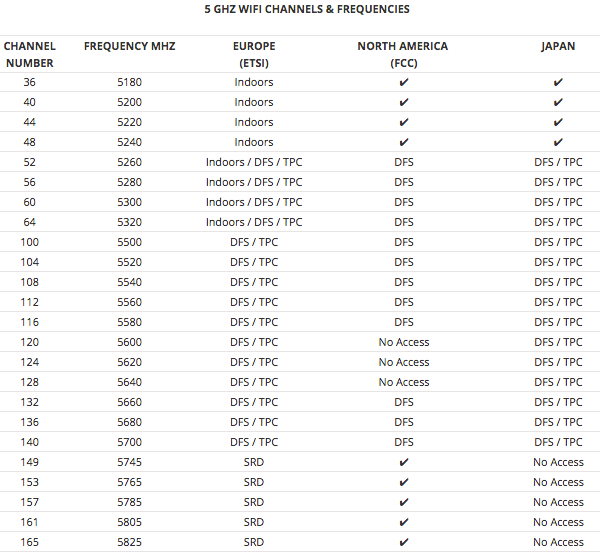
How to Change WiFi Router Channel to Improve Signal Quality? MashTips
Fortunately, channels 1, 6, and 11 are spaced far enough apart that they don't overlap. On a non-MIMO setup (i.e. 802.11 a, b, or g) you should always try to use channel 1, 6, or 11. If you use.
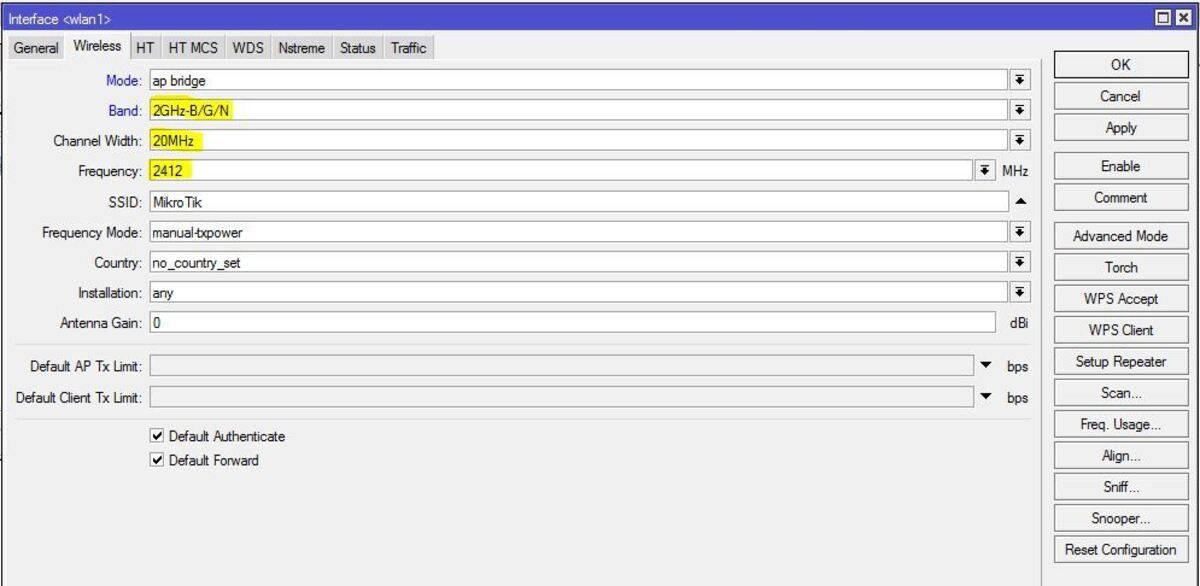
MikroTik WiFi Frequency Band and Channel Width Explanation System Zone
Try changing your channel width (some routers may call it sideband or side channel). The higher the channel width, the more data the stream can carry, making it potentially faster, and the more likely the signal is to get around solid objects.. On the 2.4 GHz band, set the channel width to 20 MHz and see if that improves reliability. 40 MHz.
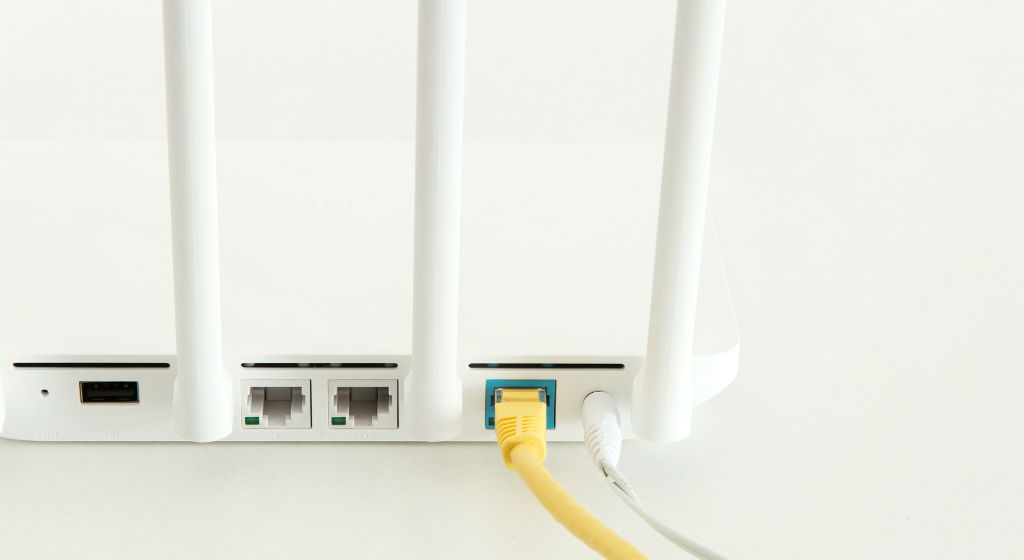
WiFi channels explained What is WiFi channel width?
Channel width affects the amount of network bandwidth the channel can carry. Wider channels (such as 80 MHz and 160 MHz) can carry roughly 2x and 4x the amount of bandwidth that a 40 MHz can carry, but they will be more susceptible to radio interference. It may also be more challenging to maintain a good signal at long distances.

Channel Planning Best Practices for Better WiFi
The addition of a 6GHz Wi-Fi band drastically increases Wi-Fi capacity, adding 1,200MHz of new Wi-Fi spectrum to tap into. In turn, that means the creation of 59 new 20MHz channels. And, as the 6GHz band can use the same channel bonding tech as the 5GHz band, 29 40MHz channels, 14 80MHz channels, and seven 160MHz channels.

How To Choose A Router? [The Router Buying Guide of 2023]
In the United States, the 5GHz channel space includes 25 non-overlapping channels and 16 of them are in the DFS restricted space at the 20Mhz channel width. When you step up into the broader channel widths like the 40Mhz and 80Mhz widths the channels become wider and the number of available channels decreases.
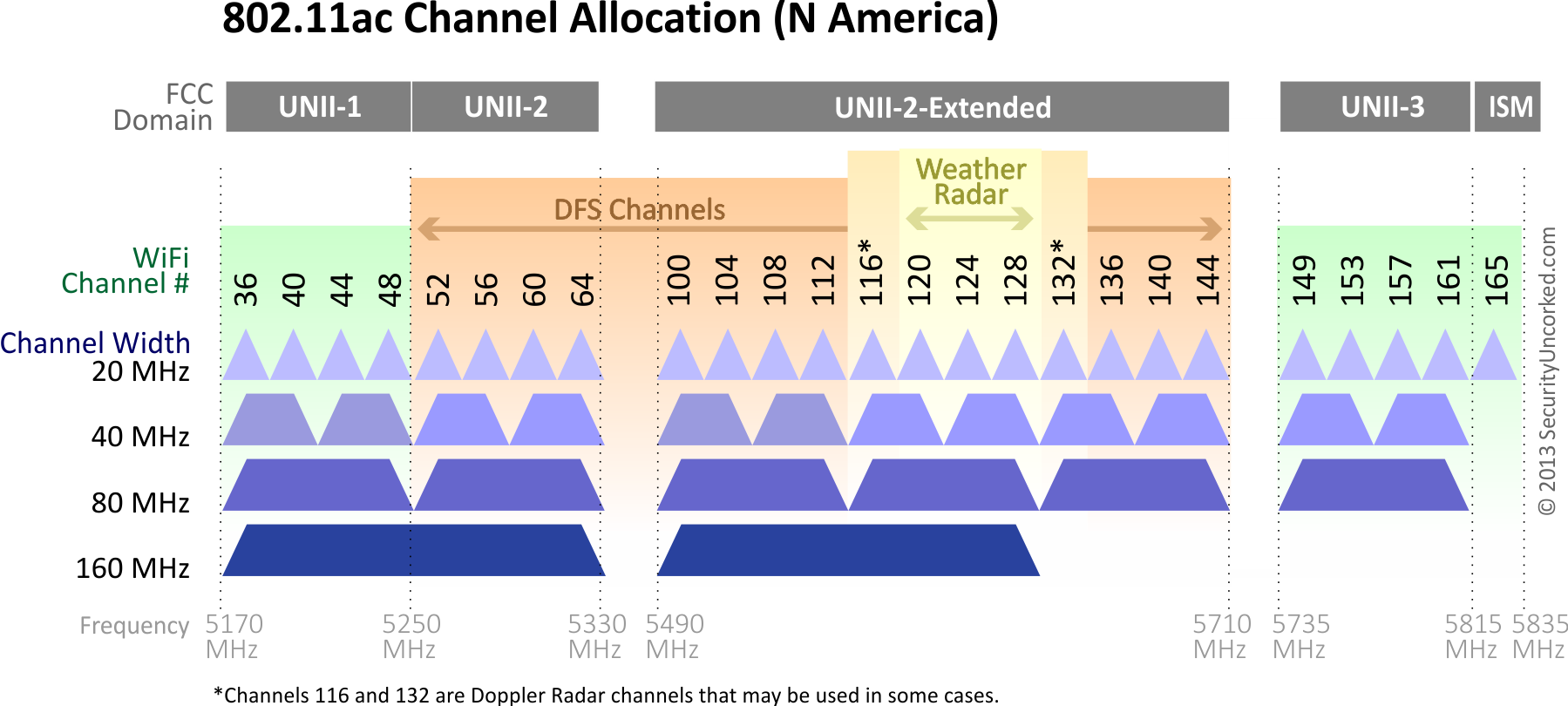
Qual o melhor canal wireless nos 5Ghz para o meu router?
Step 2: Install and launch your preferred Wi-Fi analyzer app. Run a scan of your Wi-Fi network to see the channel (s) that neighboring devices and networks are using to connect. Image used with.